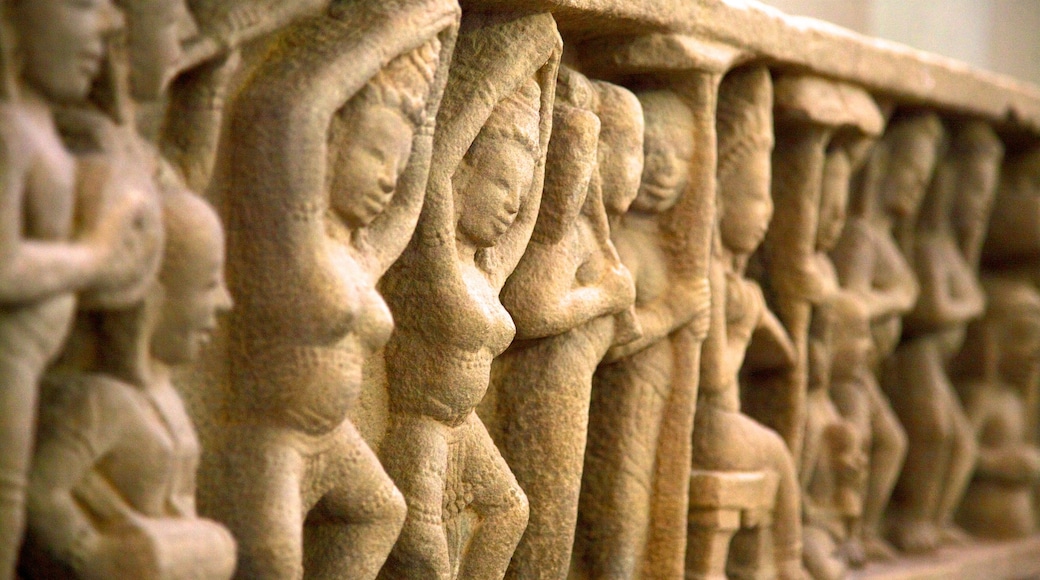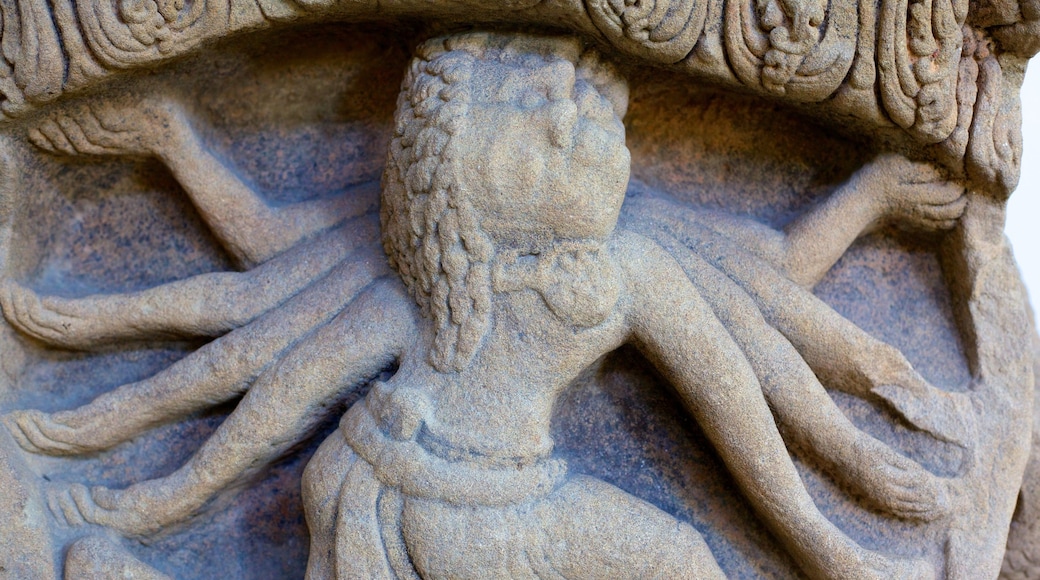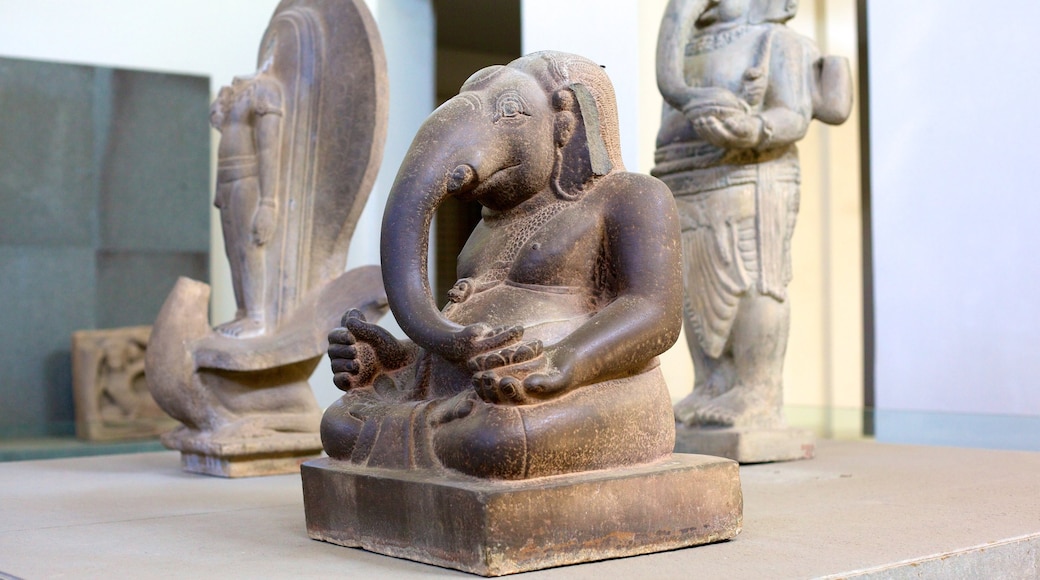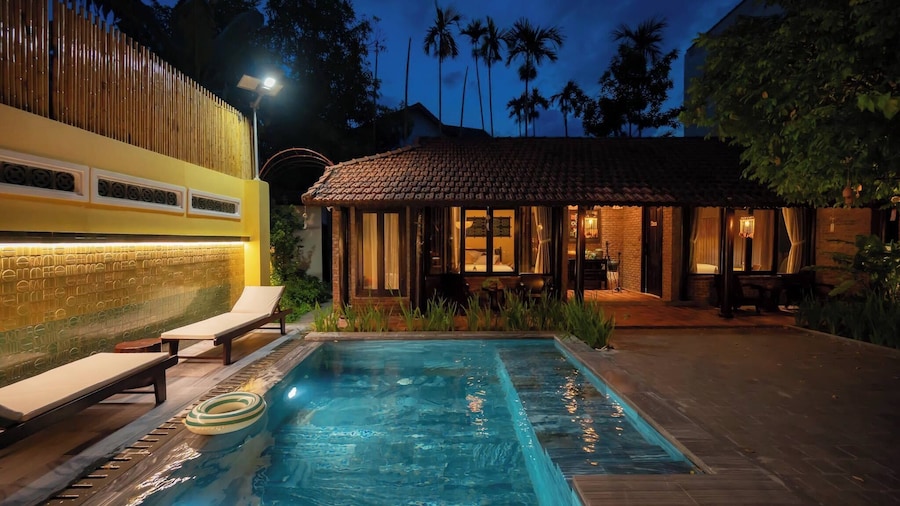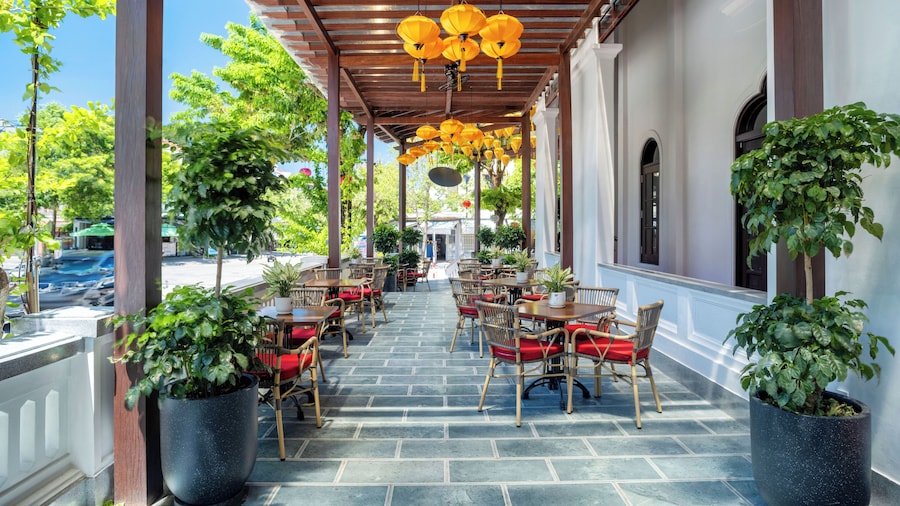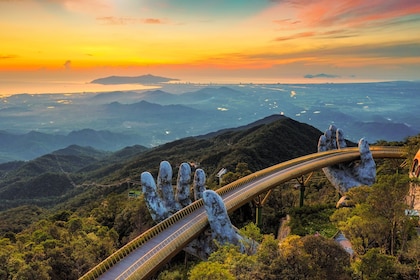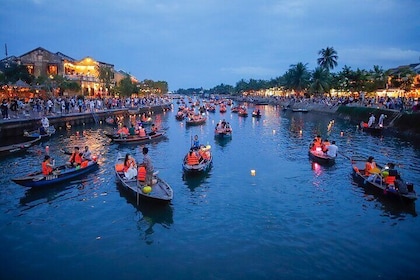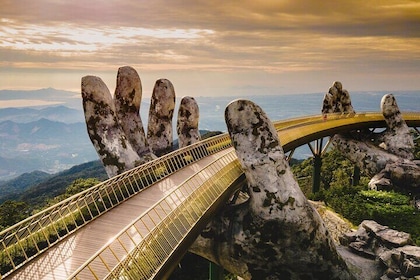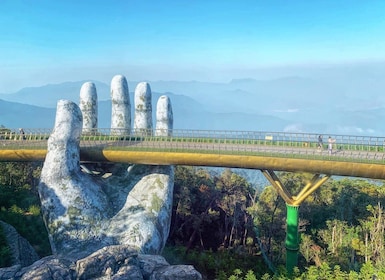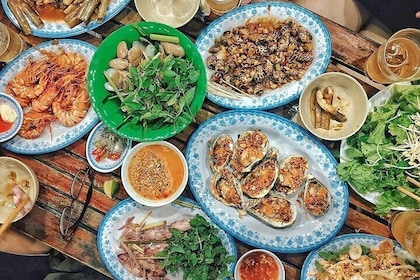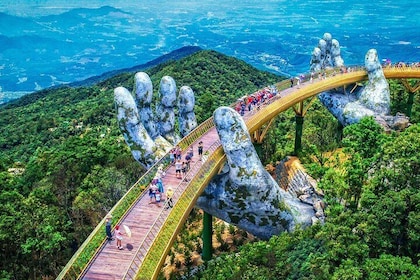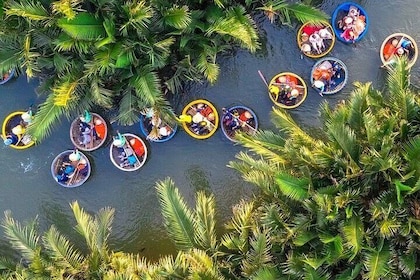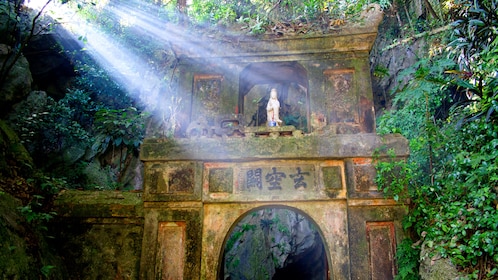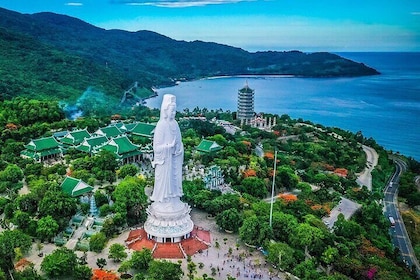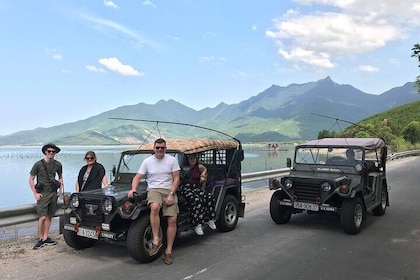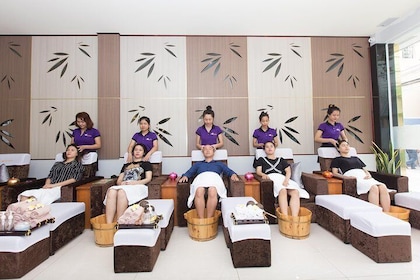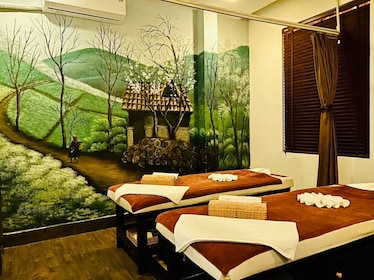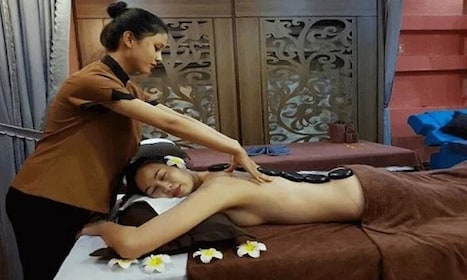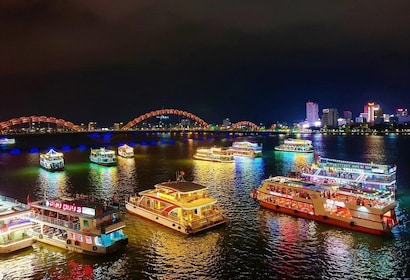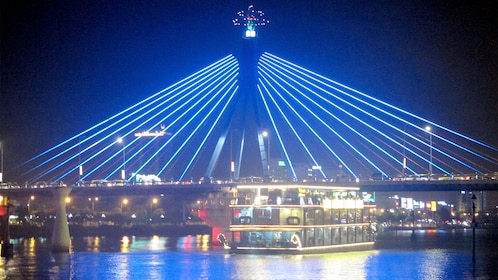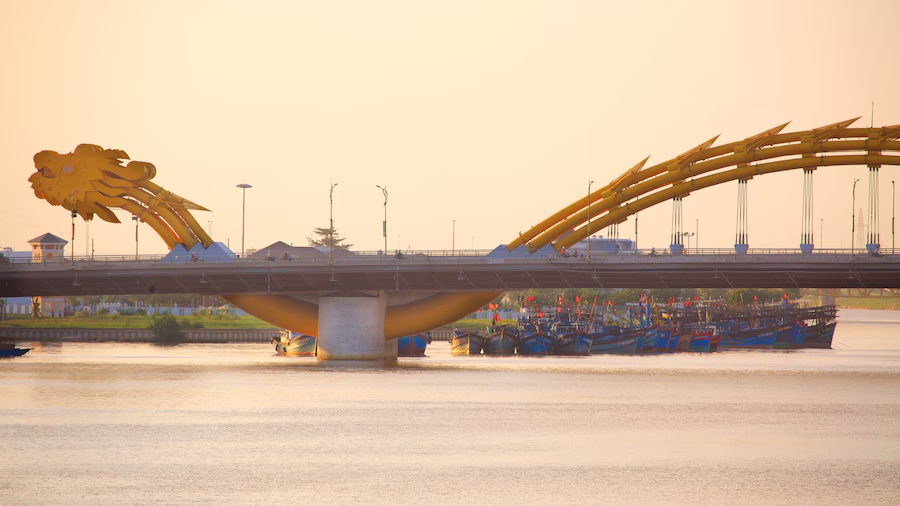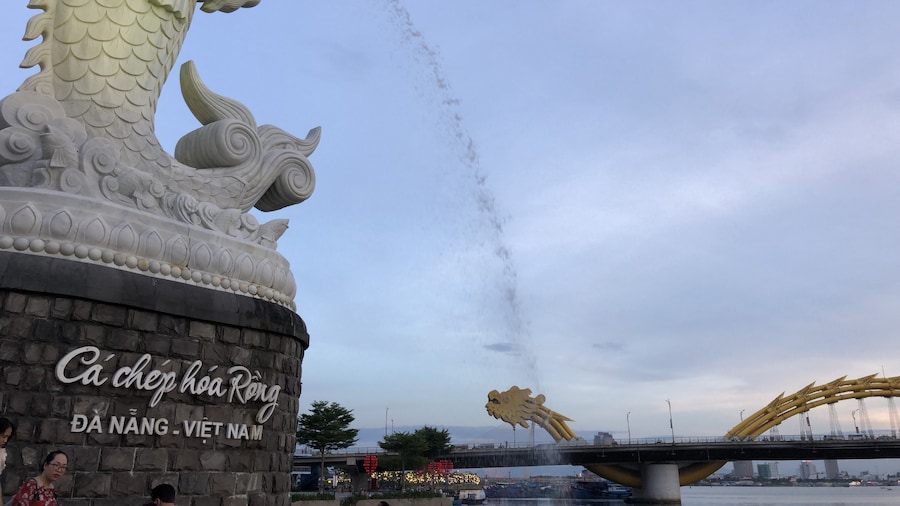Learn about the ancient Vietnamese Cham civilisation by browsing an extensive collection of artefacts, including beautiful carvings of their gods and goddesses.
See sculptures of male and female deities and historical artifacts that are more than 1,000 years old at the Museum of Cham Sculpture. The cultural attraction is home to a vast collection of art of the ancient Champa Kingdom. Wander through halls and galleries filled with figures carved from sandstone, terracotta and bronze.
The kingdom was spread across the central and southern coastal region of Vietnam, and existed from the end of the second century until the late 17th century and early 18th century. Left behind are many temples and towers and an extensive assortment of art.
Start your tour in the Thap Mam Gallery near the main entrance. See the statues of Brahma and Shiva, two of the main Hindu gods. Hinduism was the principle religion of the Champa and the culture was influenced by those of China and India. Look at more statues of important gods in the My Son Gallery. They were excavated from My Son, the most sacred sanctuary of the Champa Kingdom.
Go the Quan Tri Gallery which houses works that date from the seventh and eighth centuries. In the Enlarged Gallery, study decorative objects, statues of goddesses and a sandstone carving of the holy bull Nandin, which serves Shiva. Examine the stone altar that is more than 1,500 years old at the Tra Kieu Gallery.
The museum is open every day, from early morning until late in the afternoon. Admission charges apply, with a large discount for students and nothing to pay for children under the age of 16. Guided tours are available for groups of five or more people and these must be booked in advance. Visit the museum’s website for details.
The Museum of Cham Sculpture is on the west bank of the Han River in the Hai Chau District of Da Nang. It is about 4 kilometres (2.5 miles) from Da Nang Airport and about 6 kilometres (3.7 miles) from Da Nang railway station. For drivers, there is a parking area outside the museum.
